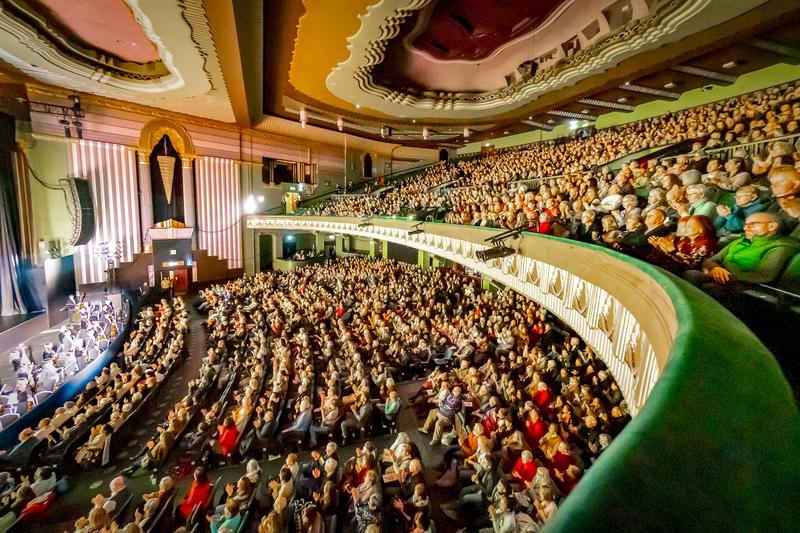WARWICK, N.Y.—Residents of Orange got the opportunity on July 8 to learn more about whether solar energy was right for them. Solar Hudson Valley sponsored events in Warwick and Goshen to promote financial incentives for residents who want their energy needs satisfied by an alternative energy source.
Warwick resident Michael Helme opened up his home to anyone interested in seeing how solar energy works in a residential installation. Helme built a pole barn structure in his backyard that fits the requirements for the direction and pitch needed for a solar installation.
His solar installer was Chris Patak of Hudson Solar. Helme’s home had used both gas and electric. He converted everything to electric so solar could provide all or most of his energy needs. “He is actually 110 percent covered,” Patak said.




